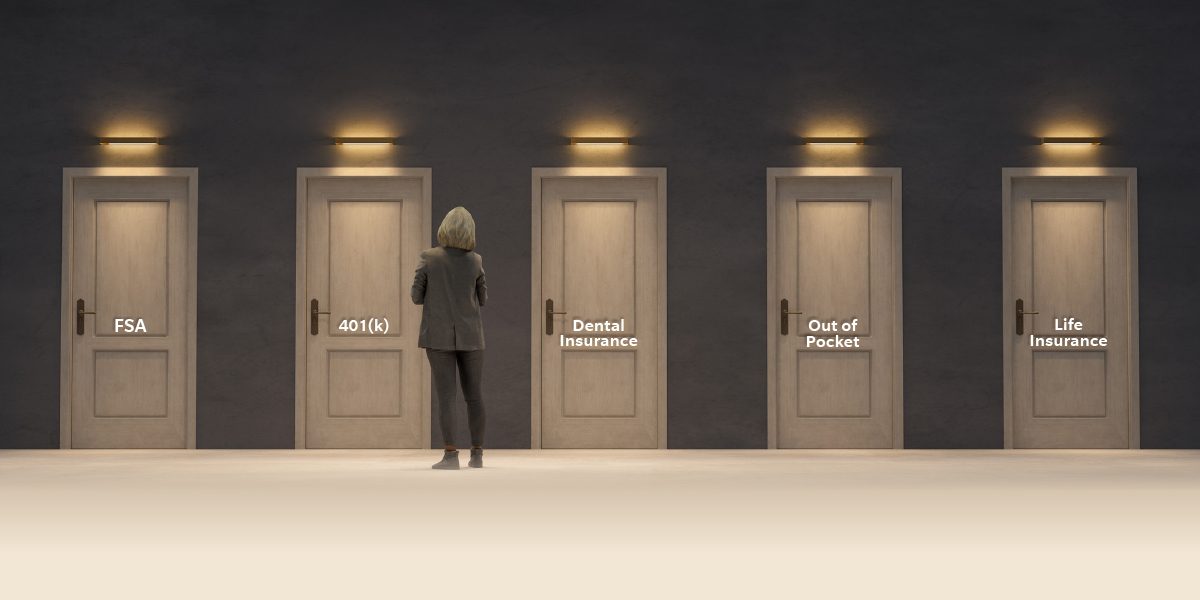One way you can give your staff more choice in the employee benefits they receive is to offer them a cafeteria plan, which allows them to put together a benefits package that works best for them.
Employers fund these flexible benefit plans with funds that are deducted from their employees’ salaries on a pre-tax basis. Since the salary reductions are not received by the employee, they are not considered wages for income tax purposes.
Cafeteria plans are particularly good for participants who have regular expenses related to medical issues and childcare.
The worker can choose from a menu of options into which they want to funnel the funds, and how they want those funds allocated. Options can include:
- Health insurance,
- Voluntary benefits premiums (like vision and dental),
- Life insurance,
- 401(k), and
- Flexible spending account.
Besides the fact that your employees use money that hasn’t been taxed to pay for these benefits, the payroll deductions for them also reduce their taxable income while raising take-home pay.
A cafeteria plan is especially attractive because it lets them choose which benefits they want. This is great since one size does not fit all in the world of employee benefits.
Set-up and tax implications
Cafeteria plans are also called Section 125 plans because they were created by Section 125 of the IRS Code.
When a plan is created, the benefits are available to employees, their spouses, and their dependents. Depending on the circumstances and details of the plan, Section 125 benefits may also extend to former employees, but the plan cannot exist primarily for them.
Section 125 plans offer a number of tax-saving benefits for employers. For each participant in the plan, employers save on the Federal Insurance Contributions Act (FICA) tax, the Federal Unemployment Tax Act (FUTA) tax, the State Unemployment Tax Act (SUTA) tax, and workers’ compensation insurance premiums.
Combined with the other tax savings, a Section 125 plan usually funds itself because the cost to open the plan is low.
Also, it’s estimated that participating employees can save 20% to 40% of every dollar put into the plan. The employee chooses how much they want to put into the plan each year and this is deducted from their paycheck automatically for each payroll period.
Remember: Flexible benefit plans are not without their drawbacks. But if you want to attract and retain key personnel with competitive benefit packages while keeping your own costs low, they can be an attractive alternative to standard benefit plans.
Call us for more information on how you can set up a flexible benefit plan for your staff.
There are several types of flexible benefit plans, including cafeteria plans and flexible spending accounts.
Flexible spending accounts
An FSA lets your employees pay for medical-related expenses and dependent care that may not be covered by their health plan. They can later use these funds to pay for an array of expenses such as:
- Out-of-pocket medical costs,
- Acupuncture, chiropractic services and the like,
- Medical equipment,
- Day-care provider fees,
- Elder care.
Also, employers can allow the employee to carry over a portion of the funds in an FSA to the first few months of the next year. The maximum permitted carryover amount is $550.


